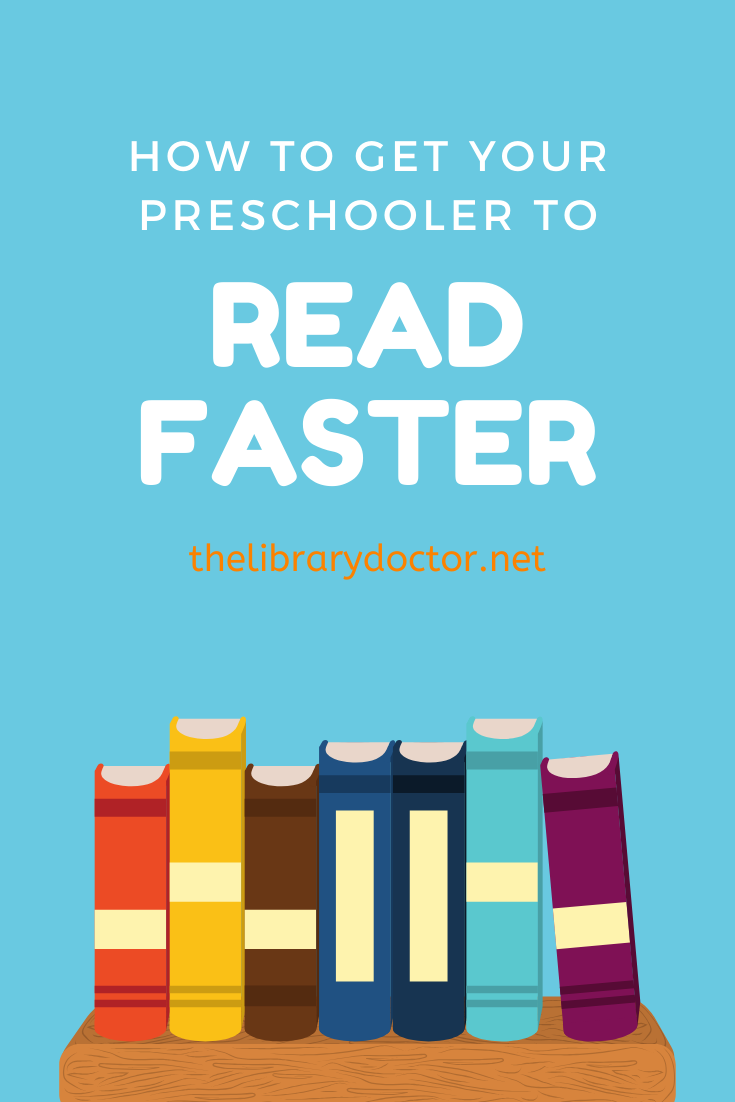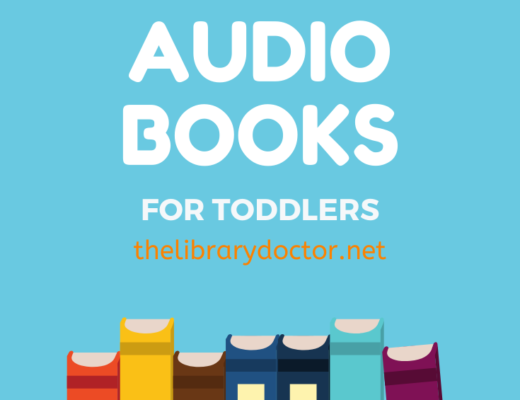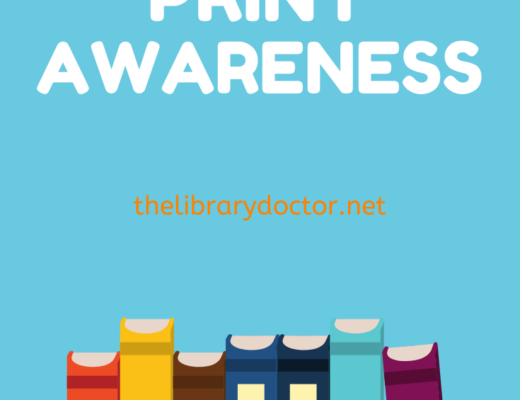Affiliate Disclaimer: This blog post may contain affiliate links where I earn a commission if you make a purchase. However this in no way affects my recommendation. If I recommended the book, I have actually read it (or listened to it) and liked it!
Every parent struggles with teaching their preschooler to read faster. When you begin the arduous process of teaching a toddler to read, it is a process that takes time and requires a lot of patience. Please help your child embrace the concept slowly and don’t put a lot of pressure on yourself or them to read or write. Research has shown there are many benefits of learning how to read early. These benefits include: improving brain development, improved communication skills, self-confidence and creativity, and reading first encourages independence.
In this article, we will explore a few ways you can assist and encourage your preschooler to pick up reading faster.
Read Aloud to Them
Start reading aloud to them early, even when you know they’re not going to understand everything you say. When you read aloud to your preschooler, you’re creating a special bond, and you’re helping them develop a love for the written word. Hopefully, by reading to your child early, they will be inclined to create a passion for reading and learning at an early age.

Use Songs and Rhymes To Increase Phonemic Awareness
Songs and rhymes allow kids to understand syllable formation, and it goes a long way toward building their phonemic awareness and literacy skills. Kids learn better through repetition, and rhyming words could make reading a lot more interesting for them.
Read and Show By Example
Don’t expect your preschooler to love reading if you don’t like to read yourself. Kids are observant. They respond and imitate what the adults in their lives do. If you’re a reader yourself, you can create a culture of reading in your house by setting aside 10 minutes every day to read. When you sit down to read, put a book in your toddler’s hand (even if they don’t know the words) and encourage them to read (and look at the pictures) too.
Play Word Games To Learn Vocabulary
Word games are crucial in helping your kids learn more about word and letter combinations. By playing word games, they’ll also come across new vocabulary words and understand how to use those words in sentences. Flashcard games are an excellent way to build vocabulary. These types of word games require kids to listen keenly, identify words, and how to use them in a sentence.
Introduce Technology Into Learning How To Read
Technology has made it easy for kids to learn how to read faster. There are numerous applications available for free downloads on mobile phones and iPads. Look for games that are interactive and encourage learning how to read and reading comprehension. Also, games that contain stories and activities are designed for interaction and require an understanding of sentence structure and comprehension.
Ask Them Questions About What They Read
One of the most effective ways to gauge whether your kids have understood what they’ve read is to ask them questions. After a child reads a story or listens to you read a story, they should be able to tell you what they think about what they’ve learned. They should be able to say to you what happens in the beginning, middle, and end of the story. When they start having an opinion on what they’ve read, it shows that their comprehension and analytical skills have improved through reading.
Let Your Child Read Out Loud To You
Find stories they can enjoy. Books that contain illustrations are the best to start with as they offer them more exciting options compared to written text. Illustrations allow kids to understand even better the written word they see on the page depicted in pictures. Help them out in areas they find difficulties and do not shy away from answering all their questions.
Instilling a love of reading early has to begin at home. If you use any of the tips and tricks above, I’m sure you’ll be on your way to raising a life-long reader!




